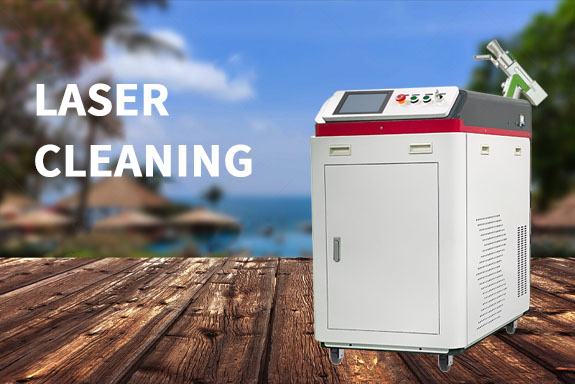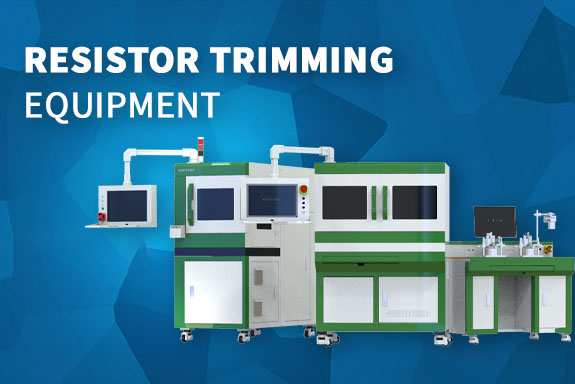The rise of laser cleaning technology
Laser cleaning technology has revolutionized the way the industry approaches surface cleaning and rust removal. As laser technology has advanced, two main types of laser cleaners have become popular choices for industrial applications: pulsed laser cleaners and continuous laser cleaners. Both types have unique advantages and are suitable for different cleaning requirements. In this article, we’ll explore the differences between pulsed and continuous laser cleaners and determine which is better suited for specific cleaning tasks.
Learn about pulse laser cleaners
Pulsed laser cleaners are designed to deliver high-energy laser pulses in short bursts to remove contaminants and rust from surfaces. Pulse durations typically range from nanoseconds to microseconds, allowing for precise and controlled cleaning. These brief bursts of energy cause surface materials to rapidly expand and contract, effectively removing and removing unwanted contaminants.
One of the main advantages of pulsed laser cleaners is their ability to deliver high peak power, making them ideal for removing stubborn rust and oxides from metal surfaces. Intense energy delivered in short pulses ensures that the cleaning process is efficient and causes no damage to the underlying substrate. Additionally, pulsed laser cleaners are capable of cleaning small spaces and complex geometries, making them suitable for a wide range of industrial applications.

Explore Continuous Laser Cleaners
Continuous laser cleaners, on the other hand, work by emitting a continuous laser beam to scan the surface to be cleaned. Unlike pulsed laser cleaners, continuous laser cleaners do not rely on short bursts of energy but maintain a steady beam to remove contaminants. This continuous scanning process results in a more even and consistent cleaning action, making it suitable for larger surface areas and applications requiring a gentler approach.
Continuous laser cleaners are known for their ability to provide a controlled and uniform cleaning process, making them ideal for delicate materials and surfaces that require precise cleaning without causing damage. The continuity of the laser beam ensures smooth and consistent cleaning action, making it suitable for applications where surface finish and integrity are critical.

Compare performance and efficiency
Both pulsed and continuous laser cleaners have their own advantages when it comes to performance and efficiency. Pulsed laser cleaners excel at removing stubborn rust and contaminants from metal surfaces thanks to their high peak power and fast cleaning action. They are particularly effective in applications where speed and accuracy are critical, such as the automotive and aerospace industries.
Continuous laser cleaners, on the other hand, offer a more controlled and uniform cleaning process, making them suitable for a wider range of materials and surface types. Their ability to maintain a stable beam and provide consistent cleaning power makes them ideal for applications where surface integrity and finish are critical, such as the restoration of historical artifacts and precision machinery.
Application-specific considerations
When choosing between a pulsed laser cleaner and a continuous laser cleaner, the specific requirements of the cleaning task at hand must be considered. For applications involving the removal of heavy rust, oxides and contaminants from metal surfaces, pulsed laser cleaners are often preferred due to their high power and rapid cleaning action. Industries such as manufacturing, shipbuilding and metal fabrication benefit from the efficiency and precision of pulsed laser cleaners to tackle tough cleaning challenges.
Continuous laser cleaning machines, on the other hand, are ideal for applications involving cleaning delicate materials, precision parts, and surfaces that require a gentle and even cleaning process. Industries such as electronics manufacturing, medical device production, and cultural heritage preservation rely on the controlled and consistent cleaning capabilities of continuous laser cleaning machines to maintain the integrity and quality of their products and artifacts.
Conclusion: Choosing the Right Laser Cleaner
In summary, the choice between pulsed and continuous laser cleaners ultimately depends on the specific cleaning requirements of the application. Both types of laser cleaning machines offer unique advantages and are ideally suited for different industrial applications. Pulsed laser cleaners excel at removing stubborn rust and contaminants from metal surfaces thanks to their high peak power and fast cleaning action, while continuous laser cleaners provide a controlled and uniform cleaning process, making them suitable for delicate materials and precision part.
By understanding the benefits and capabilities of pulsed and continuous laser cleaners, industries can make informed decisions when selecting the right technology for their surface cleaning and rust removal needs. Whether you’re dealing with severe rust in a manufacturing facility or delicately cleaning historic artifacts in a museum, the choice between pulsed and continuous laser cleaners is critical to achieving efficient cleaning results.
由用户整理投稿发布,不代表本站观点及立场,仅供交流学习之用,如涉及版权等问题,请随时联系我们(yangmei@bjjcz.com),我们将在第一时间给予处理。







